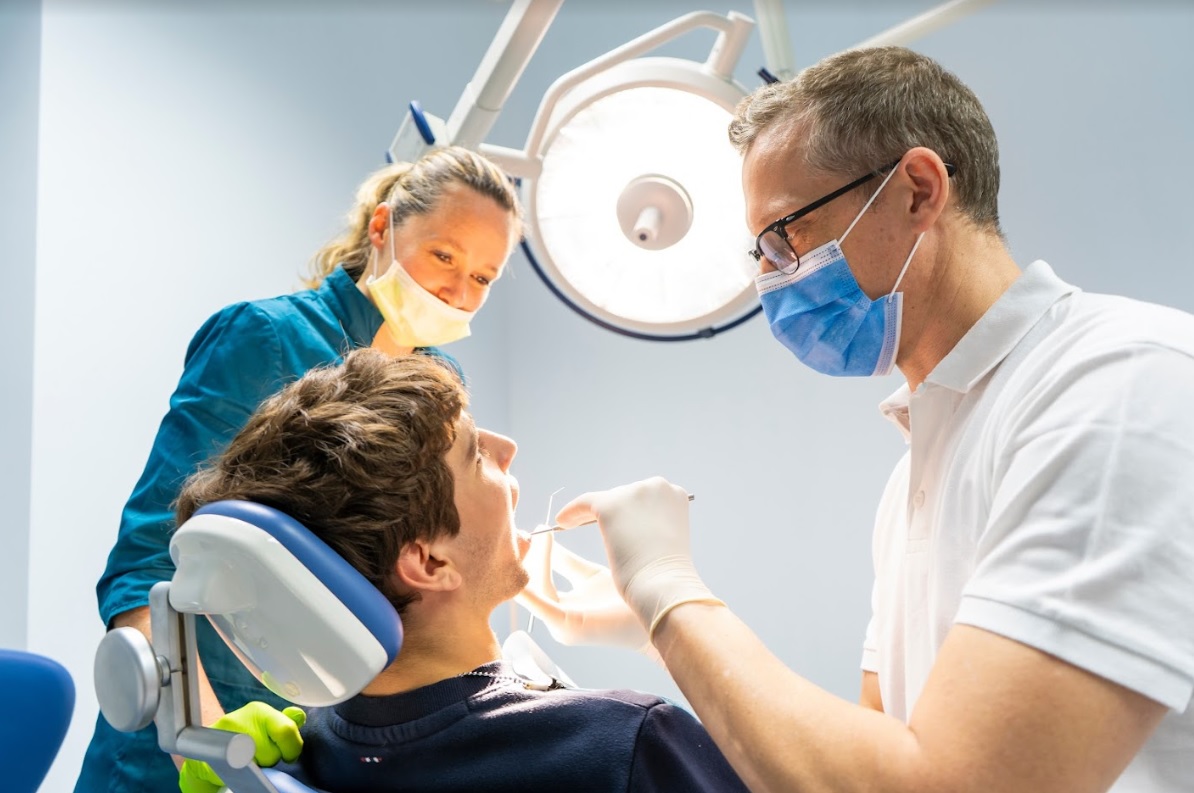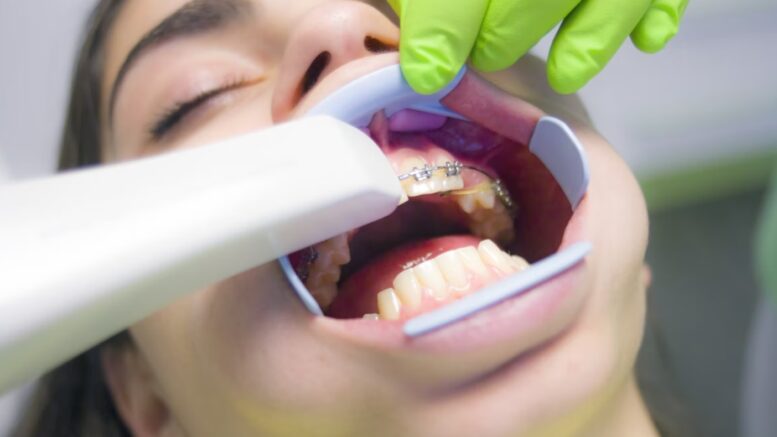When it comes to oral health, dental professionals play a crucial role in ensuring the well-being of our teeth and gums. Dentists, orthodontists, and periodontists are all vital members of the dental care community, each specializing in different aspects of oral health.
It is important to understand the distinctions between these professionals to make informed decisions about the dental care we receive. In this article, we will delve into the roles and responsibilities of dentists, orthodontists, and periodontists, shedding light on their unique expertise and how they contribute to maintaining a healthy smile.
1. Dentists: The Gatekeepers of Oral Health
Dentists are the primary caregivers for your oral health and are often the first point of contact for any dental issues.
These professionals hold a Doctor of Dental Surgery (DDS) or Doctor of Dental Medicine (DMD) degree after completing rigorous dental education.
Their expertise covers a broad spectrum of dental care, encompassing preventive, diagnostic, and restorative treatments.
Preventive care is a key aspect of a dentist’s practice.
They focus on educating patients about maintaining proper oral hygiene, which includes regular brushing, flossing, and routine check-ups.
Dentists perform dental cleanings, X-rays, and thorough examinations to identify any potential issues and provide early intervention.
Additionally, dentists offer various restorative procedures to address dental problems like cavities, dental fillings, and root canal treatments.
They are equipped to handle common dental issues and ensure that their patients’ oral health is maintained optimally.
Find dentist email lists using a platform like Coldlytics.
2. Orthodontists: Architects of a Straight Smile
Orthodontists are dental specialists who focus on correcting misalignments and irregularities of the teeth and jaw.
After completing dental school, they undergo additional years of specialized training in orthodontics to become experts in this field.
Orthodontists are responsible for creating treatment plans that align and straighten teeth, improving both the aesthetics and functionality of a patient’s bite.
Braces and aligners are two of the most common orthodontic treatments used to correct dental misalignments.
Traditional braces involve attaching metal brackets to the teeth and using wires to apply pressure and guide the teeth into the desired positions gradually.
On the other hand, aligners, such as Invisalign, are clear, removable trays that gently move the teeth to their correct alignment.

Orthodontists monitor the progress of treatment over time and make adjustments to ensure successful outcomes.
Beyond aesthetic benefits, orthodontic treatments also contribute to improved oral health.
Properly aligned teeth are easier to clean and maintain, reducing the risk of tooth decay, gum disease, and other oral health issues.
3. Periodontists: Guardians of Gum Health
While dentists focus on overall oral health, periodontists specialize in the supporting structures of the teeth, particularly the gums and the bone surrounding them.
After completing dental school, periodontists receive advanced training in periodontics, equipping them to diagnose and treat various gum-related conditions and perform specialized gum surgeries.
One of the most common conditions treated by periodontists is gum disease, also known as periodontal disease.
This disease affects the gums and can lead to gum recession, bone loss, and even tooth loss if left untreated.
Periodontists can provide deep cleanings, called scaling and root planing, to remove plaque and tartar buildup from below the gumline and promote healing.
In cases of severe gum disease or advanced gum recession, periodontists may perform surgical procedures like gum grafting to restore lost gum tissue and stabilize the teeth.
They also specialize in dental implant placement, a process that involves replacing missing teeth with artificial tooth roots anchored into the jawbone.
The Final Mouthfull
Dentists, orthodontists, and periodontists all play distinctive roles in the realm of dental care.
Dentists serve as the primary caretakers of oral health, offering preventive and restorative treatments.
Orthodontists focus on correcting teeth and jaw misalignments to enhance both aesthetics and functionality.
Periodontists specialize in the health of gums and supporting structures, addressing gum disease and performing gum surgeries.
Understanding the differences between these dental professionals empowers patients to seek the appropriate care they need for their unique oral health requirements.
Regular dental visits, along with any necessary specialist consultations, contribute to achieving and maintaining a healthy and beautiful smile for life.
